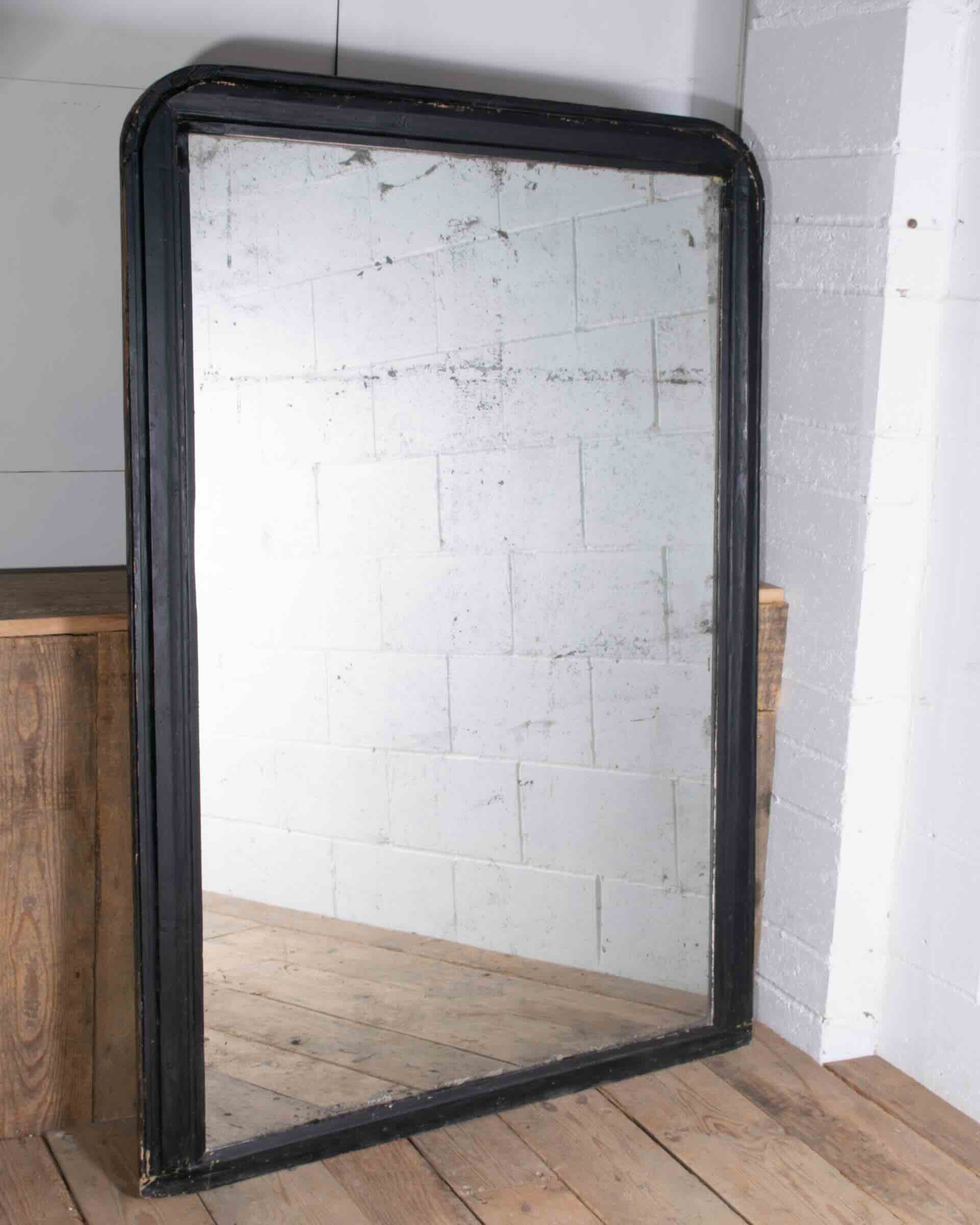

Articles
When Did They Stop Using Mercury In Mirrors
Modified: December 7, 2023
Learn about the transition from using mercury in mirrors to safer alternatives. Explore articles on when and why this change occurred.
(Many of the links in this article redirect to a specific reviewed product. Your purchase of these products through affiliate links helps to generate commission for Storables.com, at no extra cost. Learn more)
Introduction
The use of mirrors dates back thousands of years, with civilizations throughout history using various materials to reflect images. One notable element that was commonly used in the production of mirrors for several centuries is mercury. Mercury, also known as quicksilver, has unique reflective properties that made it an ideal choice for creating highly reflective surfaces. However, due to growing concerns about the health risks and environmental impact of mercury, its use in mirrors has been phased out in recent years.
In this article, we will explore the historical use of mercury in mirrors, the health and environmental concerns associated with its usage, the shift towards alternative materials, and the current regulations and standards in place to protect public safety and the environment.
Key Takeaways:
- The historical use of mercury in mirrors revolutionized mirror production, but its health and environmental risks led to a shift towards safer and more sustainable materials like aluminum, silver, and non-toxic substances.
- Current regulations and standards, including the Minamata Convention and efforts by organizations like the EPA and ECHA, play a crucial role in phasing out the use of mercury in mirrors to prioritize safety and sustainability.
Read more: When Did Construction Stop Using Asbestos
Historical Use of Mercury in Mirrors
The use of mercury in mirrors can be traced back to ancient times. The ancient Romans and Egyptians were among the first to develop techniques for creating mirrors using a combination of glass and polished metal. However, it was during the 16th and 17th centuries that mercury became widely used in mirror making.
Mercury’s unique properties made it an ideal material for mirrors. It has a high reflectivity index, allowing for clear and sharp reflections. The process of creating a mercury mirror involved coating the back surface of a glass pane with a thin layer of mercury. The mercury was then spread and evenly distributed across the glass, creating a highly reflective surface. This technique, known as the mercury amalgam process, revolutionized mirror production and was used for hundreds of years.
Mercury mirrors gained popularity due to their exceptional reflectivity and durability. They were widely used in grand palaces, stately homes, and important buildings during the Renaissance and Baroque periods. The intricate designs and ornate frames of mirrors during this time showcased the craftsmanship and luxury associated with mercury mirrors.
Health and Environmental Concerns
While mercury mirrors were prized for their reflective qualities, it became apparent over time that the use of mercury posed significant health and environmental risks. Mercury is a toxic heavy metal that can cause a range of health issues when ingested or inhaled. Prolonged exposure to mercury vapors can lead to neurological disorders, kidney damage, respiratory problems, and even death.
During the manufacturing process of mercury mirrors, there was a high risk of mercury vapor inhalation for workers. The constant handling and exposure to mercury resulted in cases of mercury poisoning among mirror makers, commonly referred to as “quicksilver poisoning.” These health risks were well-documented, leading to growing concerns about the well-being of those working in the mirror industry.
In addition to the health risks, the use of mercury in mirrors also poses significant environmental concerns. Improper disposal of mercury-containing mirrors can lead to the release of mercury into the atmosphere, waterways, and soil. Mercury accumulates in the environment, contaminating ecosystems and posing a threat to wildlife and human populations alike. It is particularly harmful to aquatic life, as it can bioaccumulate and magnify up the food chain.
Recognizing the potential dangers associated with mercury mirrors, efforts were made to find alternative materials that would eliminate these health and environmental risks.
Mercury was commonly used in mirrors until the 1830s when it was replaced by silver and aluminum. If you have an old mirror, it’s best to have it checked for mercury content.
Shift Towards Alternative Materials
In response to the health and environmental concerns surrounding the use of mercury in mirrors, there has been a gradual shift towards alternative materials that offer both safety and sustainability.
One of the main alternatives to mercury in mirror production is aluminum. Aluminum mirrors are created by depositing a thin layer of aluminum onto the glass surface. These mirrors provide good reflectivity and are lightweight, making them popular for use in residential and commercial settings. They are also more affordable compared to mercury mirrors.
Another material that has gained prominence is silver. Silver mirrors are created by coating the glass with a thin layer of silver using a process called silvering. Silver has excellent reflectivity and durability, making it an ideal choice for high-quality mirrors. However, silver mirrors can be more expensive than aluminum mirrors due to the cost of silver.
Furthermore, advancements in technology have led to the development of mirrors made from non-toxic and sustainable materials. For example, there are now mirrors made from acrylic or polycarbonate, which are shatterproof and safer to use in certain environments, such as gyms or children’s rooms. These materials also offer flexibility in terms of design and can be easily shaped into different sizes and shapes.
The shift towards alternative materials not only addresses the health risks associated with mercury but also contributes to sustainable practices. The use of non-toxic materials reduces the environmental impact throughout the life cycle of the mirrors, from production to disposal.
Current Regulations and Standards
In order to protect public health and the environment, there are stringent regulations and standards in place regarding the use and disposal of mercury-containing mirrors.
Many countries have implemented bans or restrictions on the production and sale of mercury mirrors. These regulations aim to minimize exposure to mercury and prevent the release of mercury into the environment. Manufacturers are required to adhere to these regulations and use alternative materials in mirror production.
Furthermore, there are guidelines for the safe handling and disposal of mercury-containing mirrors. Proper disposal methods ensure that mercury does not leach into the environment or contaminate water systems. In many cases, specialized facilities or recycling programs are available for the safe disposal of mercury-containing mirrors.
International efforts have also been made to phase out the use of mercury in various industries, including mirror manufacturing. The Minamata Convention, a global treaty signed in 2013, aims to protect human health and the environment from the harmful effects of mercury. The convention sets forth guidelines and regulations for the reduction and elimination of mercury use in various sectors, including mirror production.
Additionally, organizations such as the Environmental Protection Agency (EPA) in the United States and the European Chemicals Agency (ECHA) in Europe have established regulations and guidelines to monitor and control the use of mercury-containing materials, including mirrors.
It is important for manufacturers, consumers, and professionals in the mirror industry to stay informed about these regulations and standards to ensure compliance and promote safe practices.
Read more: When Did They Stop Using Asbestos Insulation
Conclusion
The use of mercury in mirrors has had a long and significant history, dating back thousands of years. However, due to the health risks and environmental concerns associated with mercury, there has been a shift towards alternative materials in mirror production.
While mercury mirrors were prized for their reflective properties, the dangers of mercury exposure and its impact on human health and the environment cannot be ignored. The use of mercury in mirror manufacturing led to cases of mercury poisoning among workers and contributed to environmental contamination.
The adoption of alternative materials, such as aluminum, silver, and non-toxic substances like acrylic or polycarbonate, has provided safer and more sustainable options for mirror production. These materials offer good reflectivity, durability, and affordability, while minimizing the risks associated with mercury.
Current regulations and standards play a crucial role in ensuring the safe use and disposal of mercury-containing mirrors. Bans, restrictions, and guidelines are in place to protect public health and prevent environmental pollution. The Minamata Convention and the efforts of organizations like the EPA and ECHA serve as global initiatives to phase out the use of mercury and promote safer practices in mirror manufacturing.
In conclusion, the decision to stop using mercury in mirrors is a necessary step towards safeguarding both human health and the environment. The shift towards alternative materials and the strict implementation of regulations reflect the commitment of the industry to prioritize safety and sustainability. By choosing non-toxic and sustainable materials for mirrors, we can continue to enjoy the benefits of reflective surfaces without compromising on our well-being and the health of our planet.
Frequently Asked Questions about When Did They Stop Using Mercury In Mirrors
Was this page helpful?
At Storables.com, we guarantee accurate and reliable information. Our content, validated by Expert Board Contributors, is crafted following stringent Editorial Policies. We're committed to providing you with well-researched, expert-backed insights for all your informational needs.
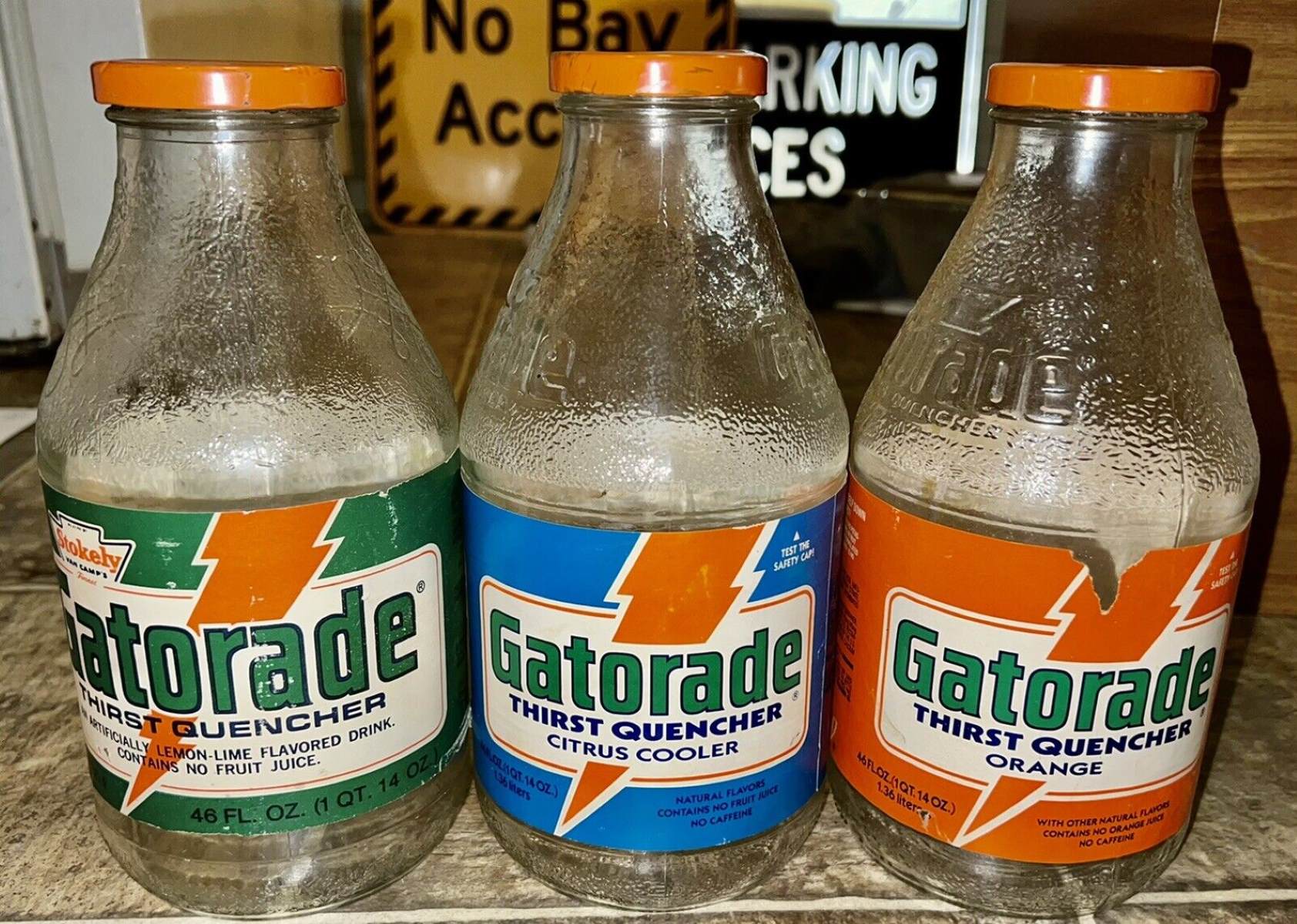
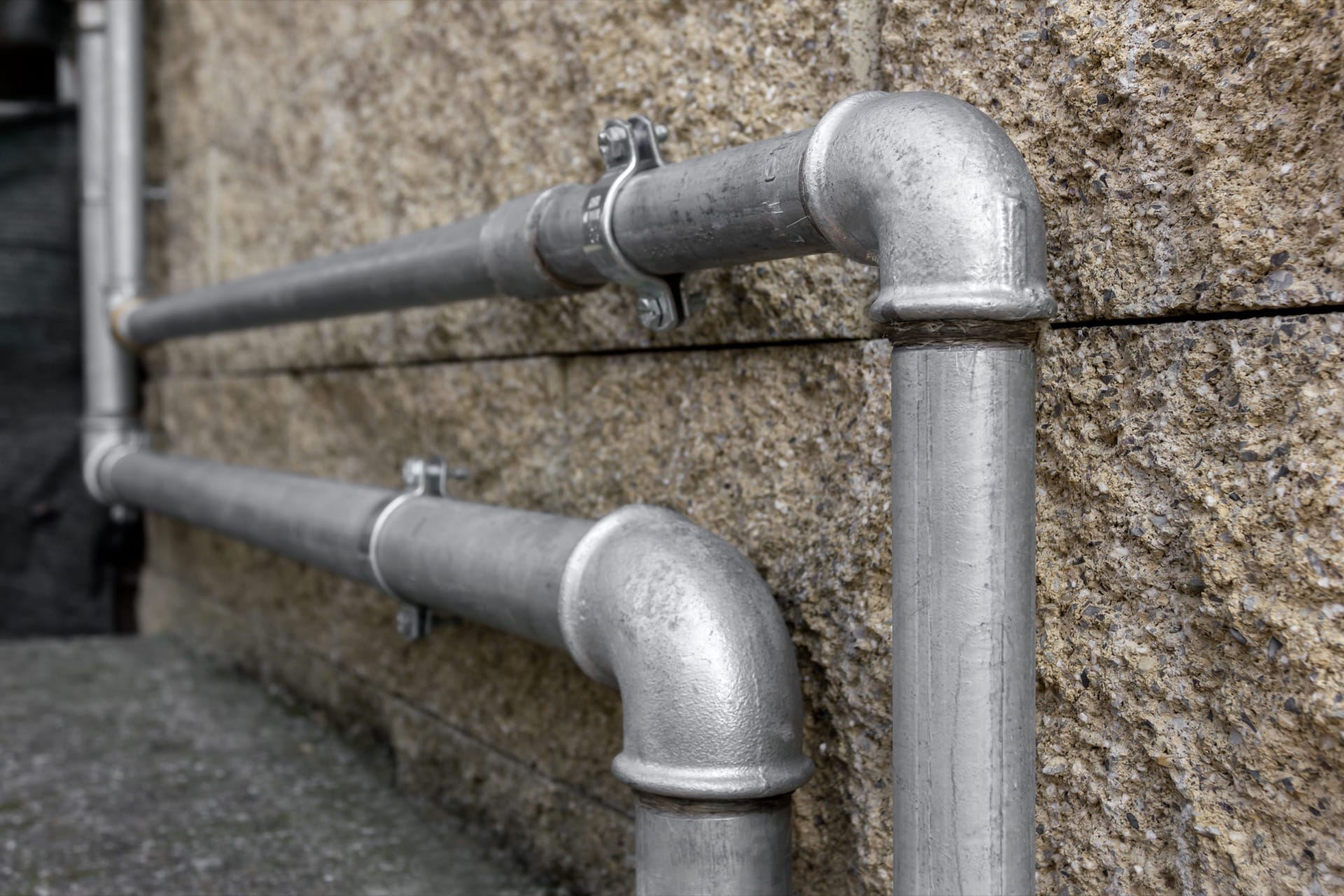
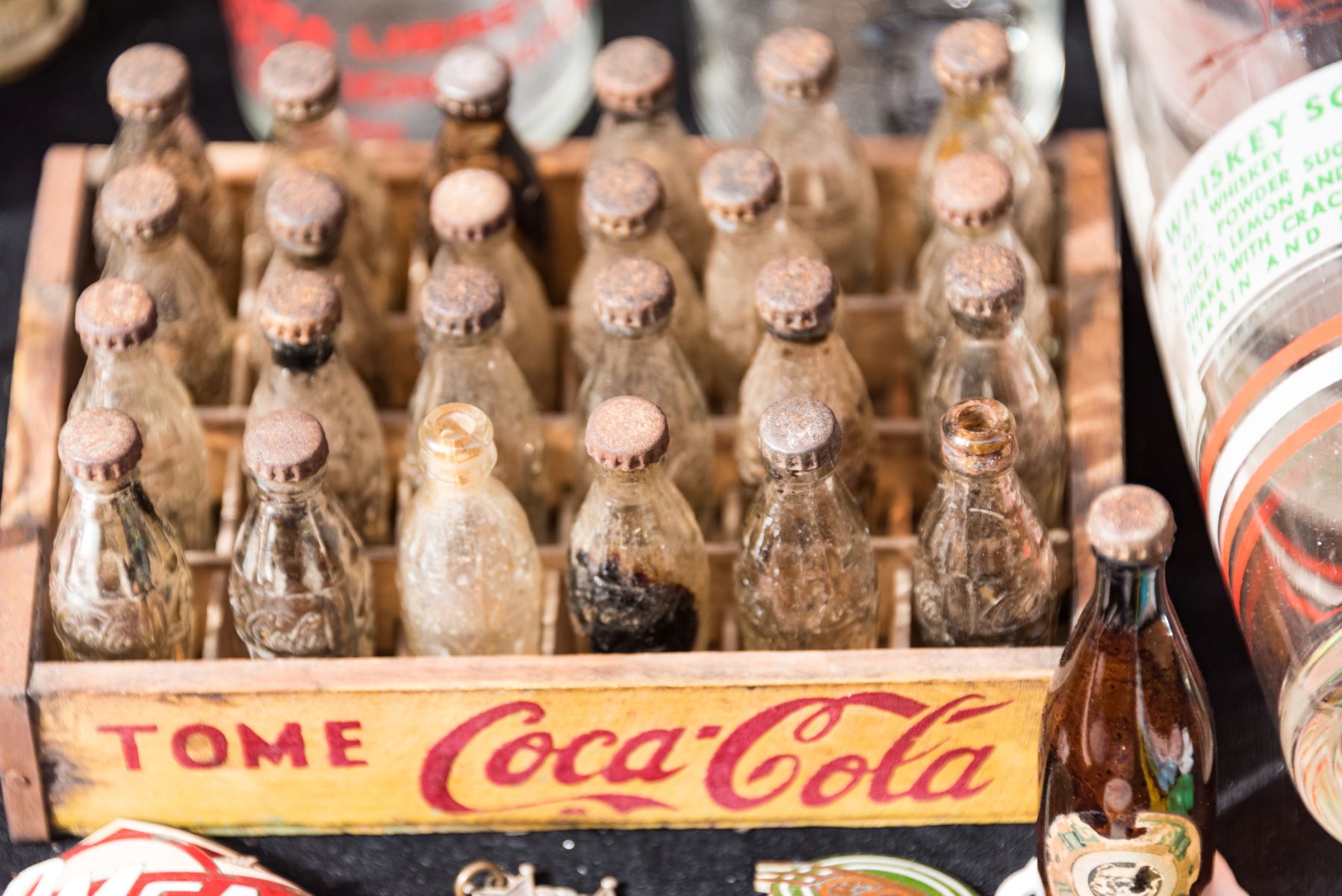

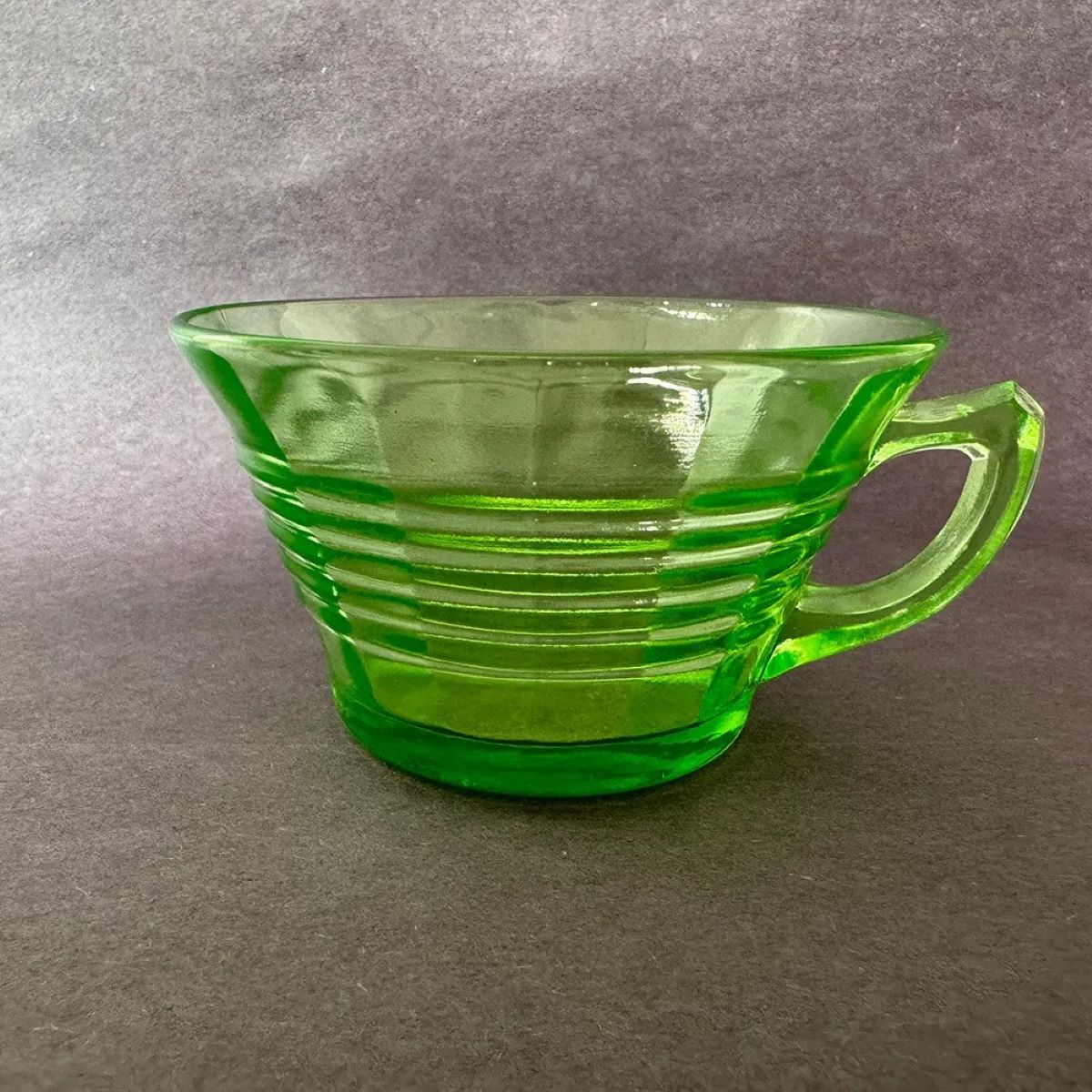
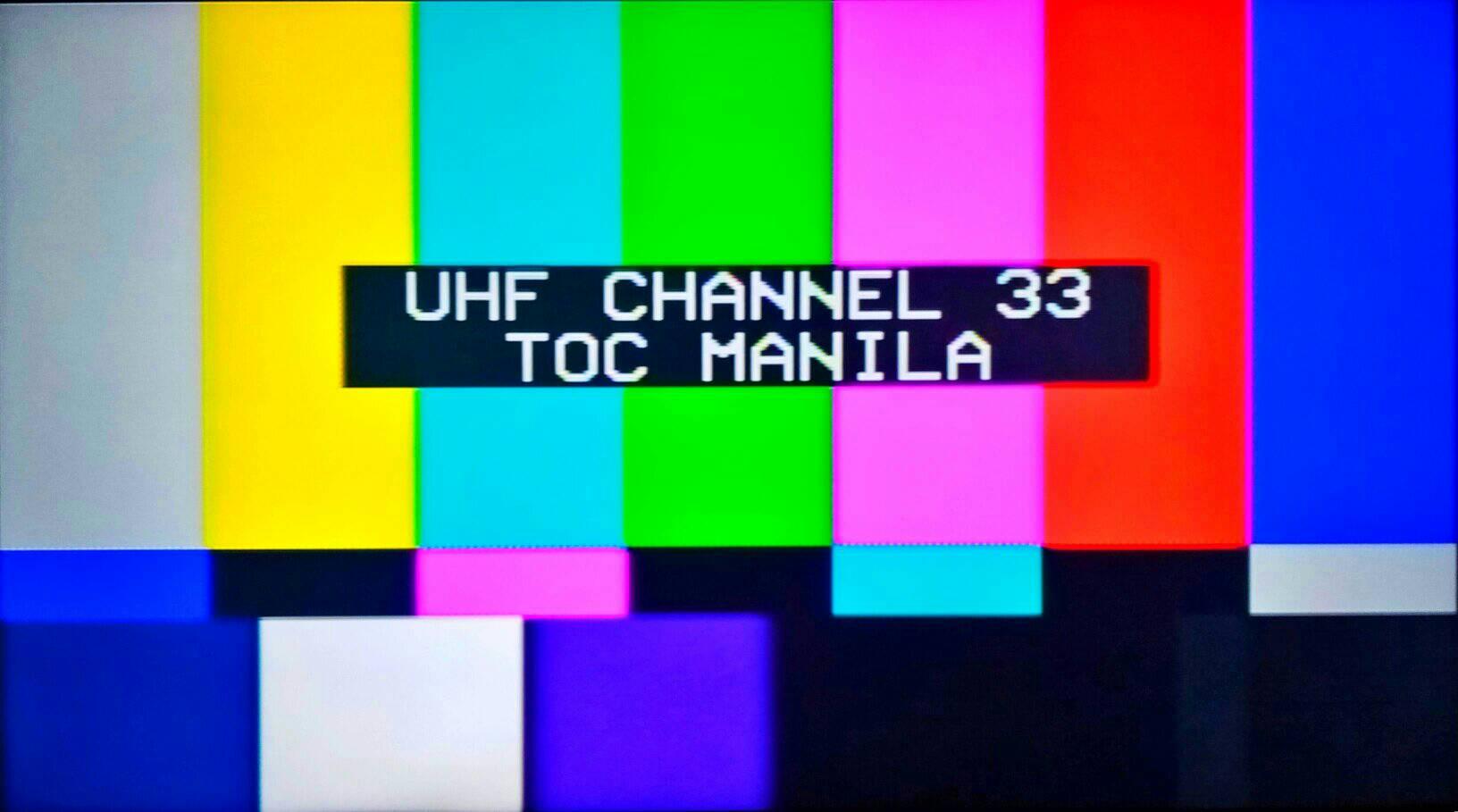
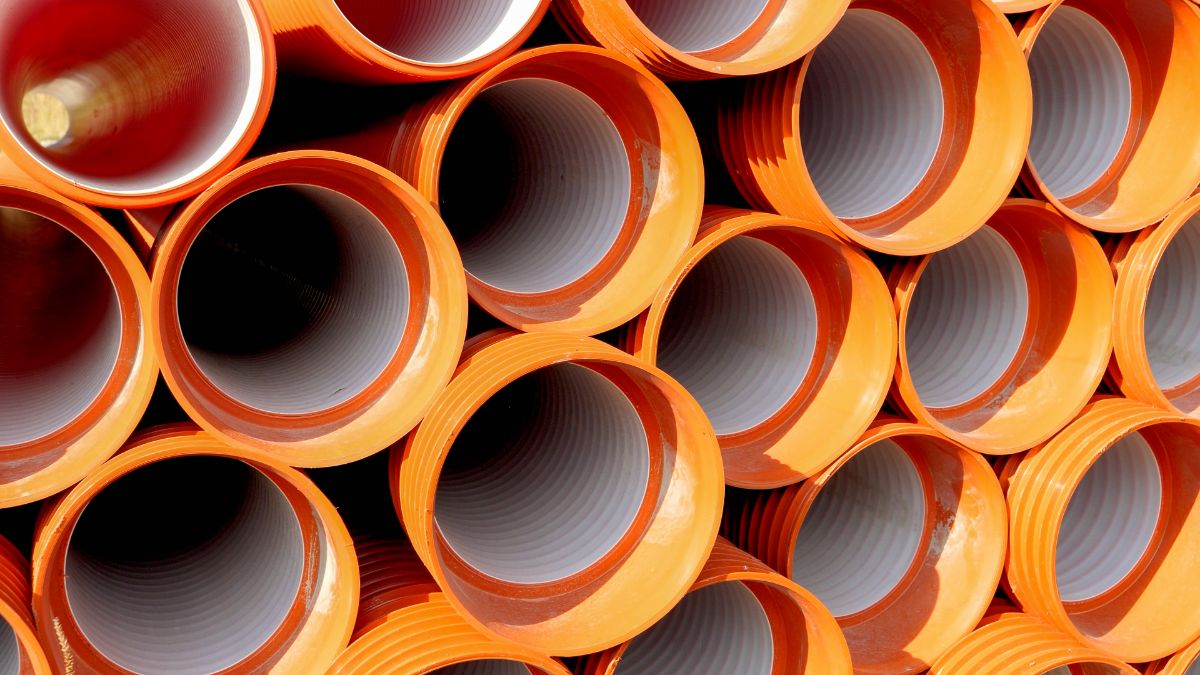








0 thoughts on “When Did They Stop Using Mercury In Mirrors”